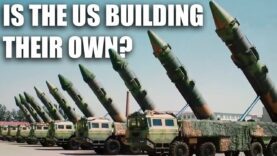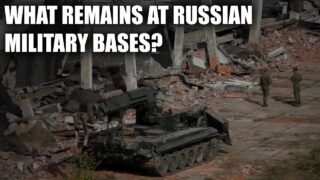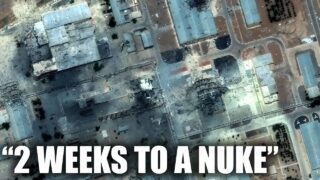Is Israel’s Iron dome effective? Iron Dome Overview
Is Israel’s Iron dome effective? Iron Dome Overview
Video Summary
With the advent of powerful and accurate radars and computers, the possibility of actively defending against artillery became a reality. This is often referred to as C-RAM, or Counter-Rockets, Artillery, and Mortars. This is an extremely challenging task, as it requires detecting, tracking, and calculating the trajectory of projectiles, as well as alerting the proper air defense battery and having them fire and hit the incoming projectile in a matter of seconds.
Israel, with its small size and frequent experience with rocket and artillery attacks from various directions, is one of the few countries that has developed a C-RAM system. It originally considered buying the US Centurion, but ultimately decided to build its own with the help of the US, resulting in the development of Iron Dome. Iron Dome is made up of a radar that can detect and track incoming projectiles, a control unit that calculates trajectory and impact, and a missile launcher carrying 20 Tamir interceptor missiles. The Tamir missile has a proximity fuse, detonating when it senses it’s close enough to its target, hoping to blast out projectiles using a “shotgun” style, but this can result in overkill, with some rockets not fully destroyed.
Calculating the success rate of Iron Dome can be complicated, as it might hit an incoming rocket but not fully destroy it. The system has had real-world combat experience, having intercepted hundreds of rockets, and any issues, no matter how small, have likely been identified and fixed. This experience, gained through actual use in combat, is what sets Iron Dome apart from other systems, which can only be tested in simulations. This experience is what the Soviet Union and Russia gained through their early air defense systems, and it has allowed them to develop some of the most capable air defense systems in the world. Ultimately, experience can make more of a difference than training or having the latest technology and hardware.
























